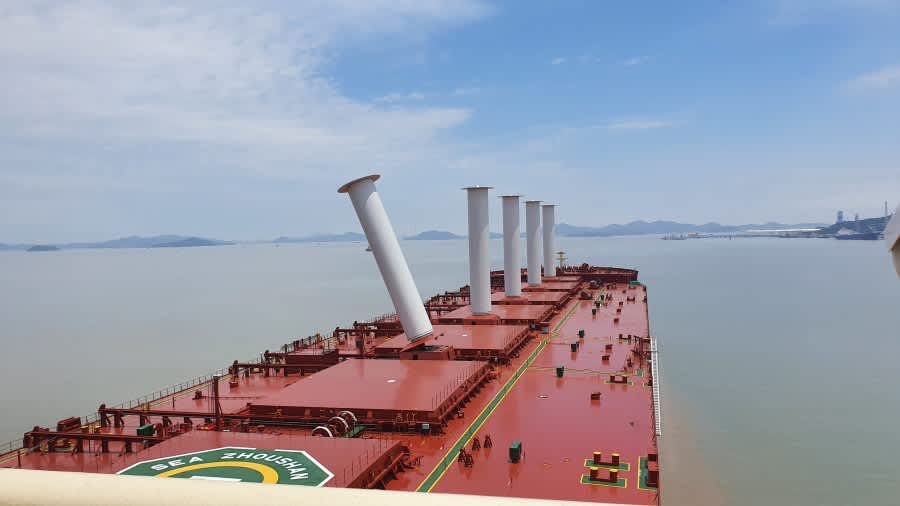The recent years have increased the demand for reducing the environmental footprint of shipping. This applies both to ship’s technical aspects, it’s overall energy efficiency but also operational aspects, how the ship’s full potential is used the most effectively. These developments, together with increasing fuel prices have created new interest in use of wind propulsion in shipping.
Wind propulsion has been proven to produce significant fuel savings on commercial vessels. The typical savings potential of wind propulsion on conventional cargo ships is 5-25%. On the other hand, voyage optimization and weather routing has been shown to produce similarly large fuel savings in the order of 15%. Wind is an intermittent energy source, and it often occurs together with waves, making ships installed with wind propulsion especially interesting from weather routing point of view. This means that a holistic approach is needed when conducting weather routing for ships with wind propulsion.
Using detailed simulations, this paper studies how the fuel savings potential of wind propulsion can be further improved by coupling it with state-of-the-art voyage optimization software. Via case study examples, it is shown that the savings potential of wind propulsion can be more than doubled by using voyage optimization. The paper also discusses how historical weather data, together with voyage simulation can be used to inform ship design. An example is shown where ships operational profile was kept with reduced main engine capacity once the ship was equipped with wind propulsion.
Read the paper in full here.


